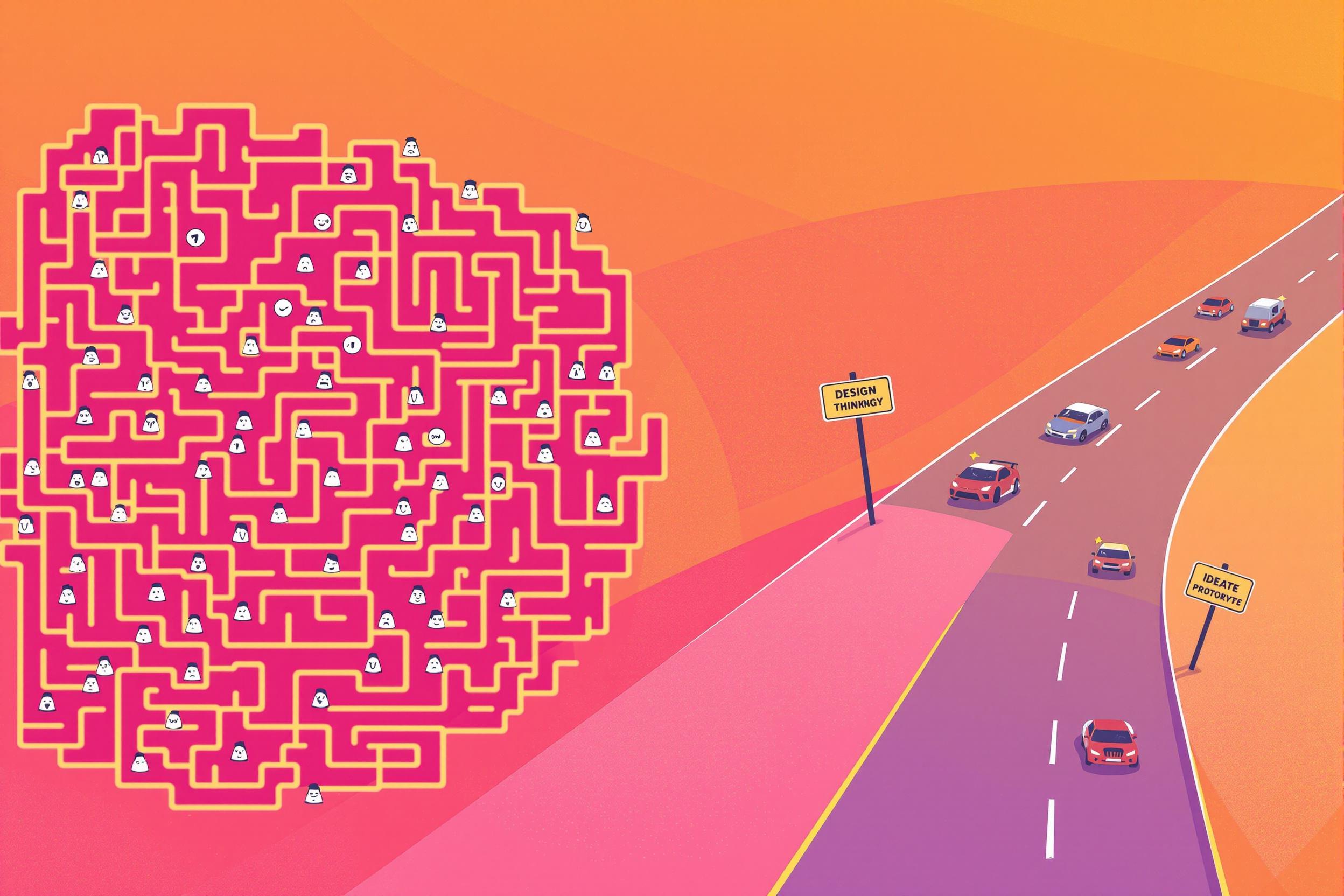
Gestalt Principles
Gestalt Principles are fundamental rules that explain how humans naturally see and group visual elements. These principles help designers create designs that are easy to understand and pleasing to look at. Think of them as the building blocks of good visual design that explain why certain layouts "feel right" while others don't. When you see this term in a resume, it shows that the designer understands how to arrange elements (like text, images, and shapes) in a way that makes sense to viewers. This knowledge is especially important in creating user-friendly websites, marketing materials, and brand designs.
Examples in Resumes
Applied Gestalt Principles to redesign company website, improving user engagement by 40%
Used Gestalt Theory to create more effective marketing materials and brand guidelines
Taught Gestalt Design Principles to junior designers during team training sessions
Typical job title: "Visual Designers"
Also try searching for:
Where to Find Visual Designers
Online Communities
Professional Networks
Learning Resources
Example Interview Questions
Senior Level Questions
Q: How have you used Gestalt Principles to solve complex design problems?
Expected Answer: A senior designer should provide specific examples of using these principles to improve user experience or solve communication problems, like redesigning a confusing website navigation or creating a more effective billboard campaign.
Q: How do you train junior designers in applying Gestalt Principles?
Expected Answer: They should explain how they break down complex design principles into simple, practical guidelines that help junior designers improve their work, with examples of before and after results.
Mid Level Questions
Q: Can you explain how you've used Gestalt Principles in a recent project?
Expected Answer: Should be able to describe specific examples of using principles like proximity, similarity, or closure in their designs, and explain why these choices improved the final product.
Q: How do you balance multiple Gestalt Principles in a single design?
Expected Answer: Should demonstrate understanding of how different principles work together and when to prioritize one over another based on the project's goals.
Junior Level Questions
Q: What are the basic Gestalt Principles and why are they important in design?
Expected Answer: Should be able to name and explain basic principles like proximity, similarity, and closure, and give simple examples of how they help organize visual information.
Q: How do you use Gestalt Principles to create visual hierarchy?
Expected Answer: Should explain basic concepts of how to group related elements and create emphasis using size, color, and spacing based on these principles.
Experience Level Indicators
Junior (0-2 years)
- Basic understanding of main Gestalt Principles
- Can apply simple grouping and organization principles
- Creates basic layouts using visual hierarchy
- Uses templates and existing design systems
Mid (2-5 years)
- Applies principles across different media types
- Creates complex layouts independently
- Understands how principles affect user behavior
- Can explain design decisions using Gestalt concepts
Senior (5+ years)
- Creates comprehensive design systems using Gestalt Principles
- Mentors others in applying design principles
- Solves complex visual problems
- Develops innovative applications of principles
Red Flags to Watch For
- Unable to explain basic design principles in simple terms
- Portfolio shows poor understanding of visual hierarchy
- Can't provide examples of applying principles in real projects
- Lacks understanding of how design affects user behavior
Related Terms
Need more hiring wisdom? Check these out...

Why Your Hiring Process is a Maze (And How Design Thinking Can Turn It into a Superhighway)

The Art of Selecting Great People: A Leader's Most Critical Skill

Unlocking Team Potential: Personality Mapping for Dynamic Management

